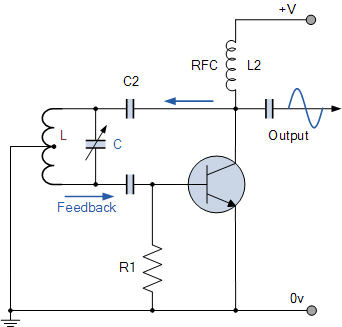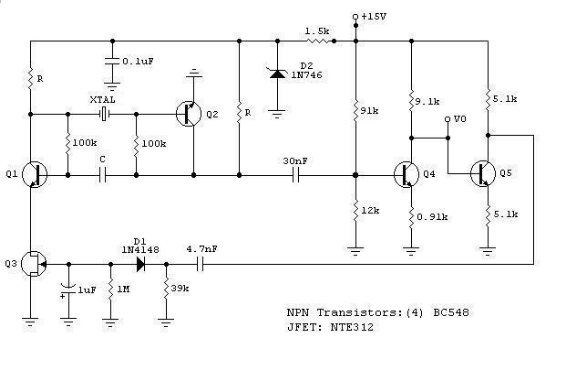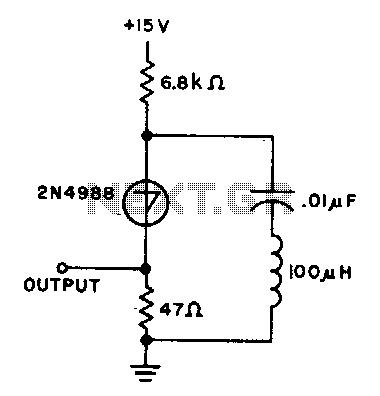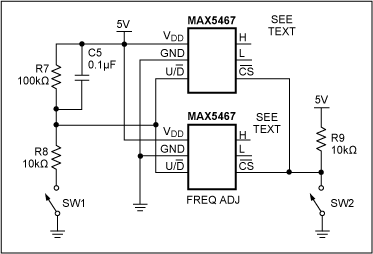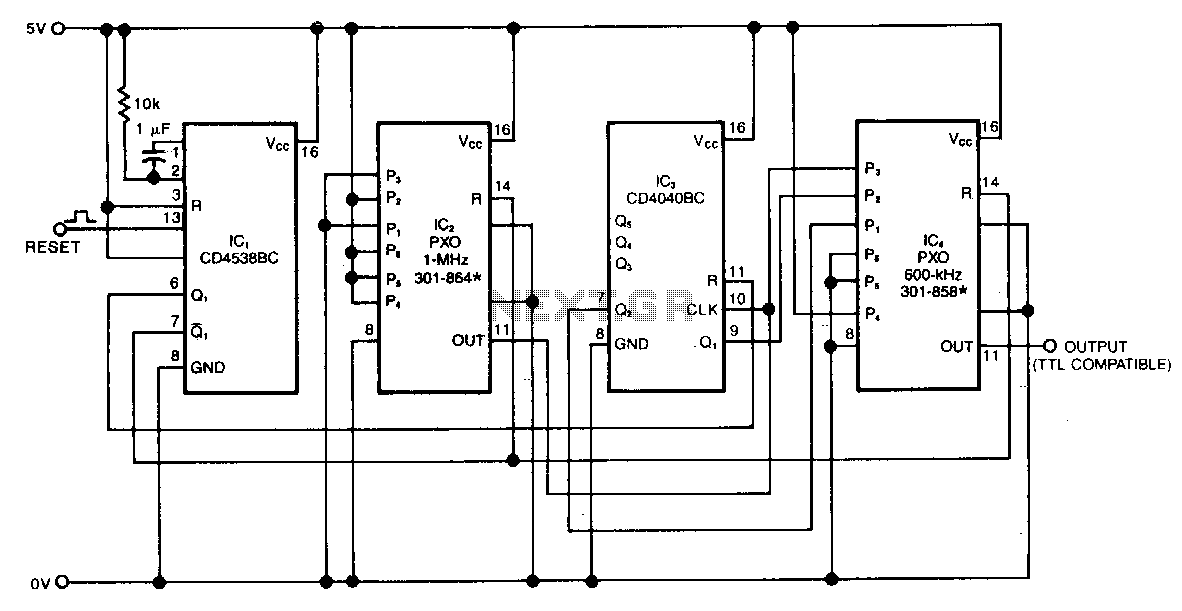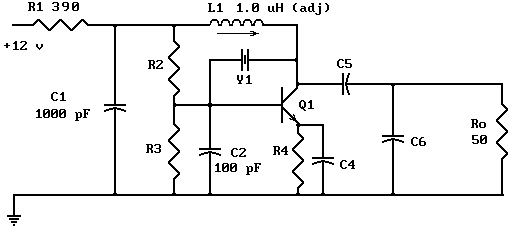
Oscillator Buffers
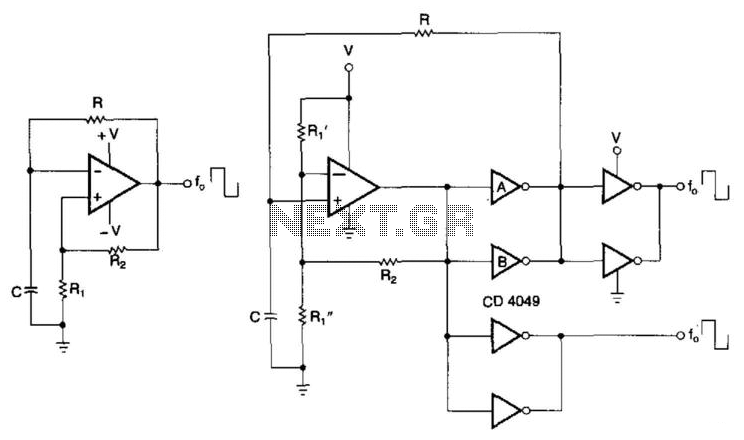
CMOS buffers added to an operational amplifier oscillator enhance performance, primarily due to the asymmetry and variability of the operational amplifier's output saturation voltages.
The integration of CMOS buffers into an operational amplifier (op amp) oscillator circuit serves to significantly improve overall performance by addressing issues related to output saturation voltages. Operational amplifiers are known for their high gain and versatility in analog signal processing, but they can exhibit asymmetry in their output characteristics. This asymmetry often leads to variability in the saturation voltages, which can adversely affect the stability and accuracy of the oscillator's output signal.
CMOS buffers, characterized by their high input impedance and low output impedance, can effectively isolate the op amp from the load. This isolation minimizes the impact of load variations on the op amp's performance, resulting in more consistent output levels. By buffering the output of the op amp, the CMOS buffers ensure that the oscillator can drive subsequent stages without distortion or degradation of the signal.
In addition to improving output stability, CMOS buffers can also enhance the frequency response of the oscillator circuit. Their fast switching capabilities allow for better handling of high-frequency signals, which is essential in applications requiring precise timing and waveform generation. Furthermore, the low power consumption of CMOS technology contributes to the efficiency of the overall circuit, making it suitable for battery-operated devices and other applications where power conservation is critical.
In summary, the incorporation of CMOS buffers in an op amp oscillator not only mitigates issues related to output saturation voltages but also enhances the circuit's performance in terms of signal integrity, frequency response, and power efficiency. CMOS buffers added to an op amp oscillator improve performance, largely as a result of nonsymmetry and variability of th e op amp"s output saturation voltages.
The integration of CMOS buffers into an operational amplifier (op amp) oscillator circuit serves to significantly improve overall performance by addressing issues related to output saturation voltages. Operational amplifiers are known for their high gain and versatility in analog signal processing, but they can exhibit asymmetry in their output characteristics. This asymmetry often leads to variability in the saturation voltages, which can adversely affect the stability and accuracy of the oscillator's output signal.
CMOS buffers, characterized by their high input impedance and low output impedance, can effectively isolate the op amp from the load. This isolation minimizes the impact of load variations on the op amp's performance, resulting in more consistent output levels. By buffering the output of the op amp, the CMOS buffers ensure that the oscillator can drive subsequent stages without distortion or degradation of the signal.
In addition to improving output stability, CMOS buffers can also enhance the frequency response of the oscillator circuit. Their fast switching capabilities allow for better handling of high-frequency signals, which is essential in applications requiring precise timing and waveform generation. Furthermore, the low power consumption of CMOS technology contributes to the efficiency of the overall circuit, making it suitable for battery-operated devices and other applications where power conservation is critical.
In summary, the incorporation of CMOS buffers in an op amp oscillator not only mitigates issues related to output saturation voltages but also enhances the circuit's performance in terms of signal integrity, frequency response, and power efficiency. CMOS buffers added to an op amp oscillator improve performance, largely as a result of nonsymmetry and variability of th e op amp"s output saturation voltages.
